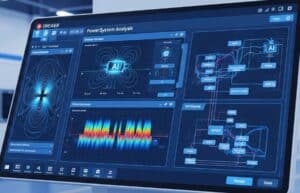
Online AI tools are rapidly transforming electrical engineering by augmenting human capabilities in circuit design, system analysis, electronics manufacturing, and power system maintenance. These AI systems can process vast amounts of simulation data, sensor readings, and network traffic, identify complex anomalies or performance bottlenecks, and generate novel circuit topologies or control algorithms much faster than traditional methods. For instance, AI can assist you in optimizing PCB layouts for signal integrity and manufacturability, accelerate complex electromagnetic or power flow simulations, predict semiconductor device characteristics, and automate a wide range of signal processing and data analysis tasks.
The prompts provided below will, for example, help with generative design of antennas or filters, accelerate simulations (SPICE, EM field simulations, power system stability analysis), help with predictive maintenance where AI analyzes sensor data from power transformers or grid components to forecast potential failures, enabling proactive servicing and minimizing downtime, help with semiconductor material selection or optimal component selection (e.g., choosing the best op-amp for specific parameters), and much more.
- This page is specific for one domain. If necessary, you can have full search capabilities accros all domains and all criteria in our > AI Prompts Directory <, dedicated to product design and innovation.
- Given the server resources and time, the prompts themselves are reserved to registered members only, and not visible below if you are not logged. You can register, 100% free:






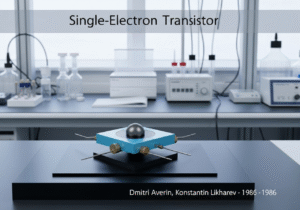
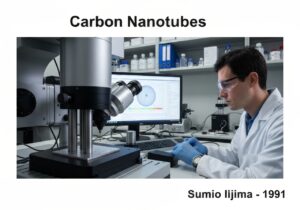



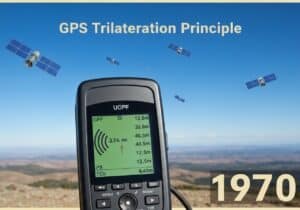



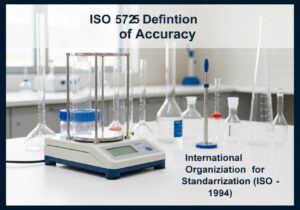










is the AIs effectiveness in generating prompts largely dependent on the quality of input data?
engineering projects also ? Lets discuss that too.
AI isnt a magic fix-all solution!
Related Posts
Workstation Ergonomic Assessment
Engineering Change Order (ECO): Best Practices to Minimize Disruption and Cost
From Lab To Market: The Role of the Pilot Production Run
45+ More Cognitive Science Tricks for Games and Marketing: Psychological and Engagement
45+ Cognitive Science Tricks for Games and Marketing: Psychological and Engagement
Latest Publications & Patents on Zeolites